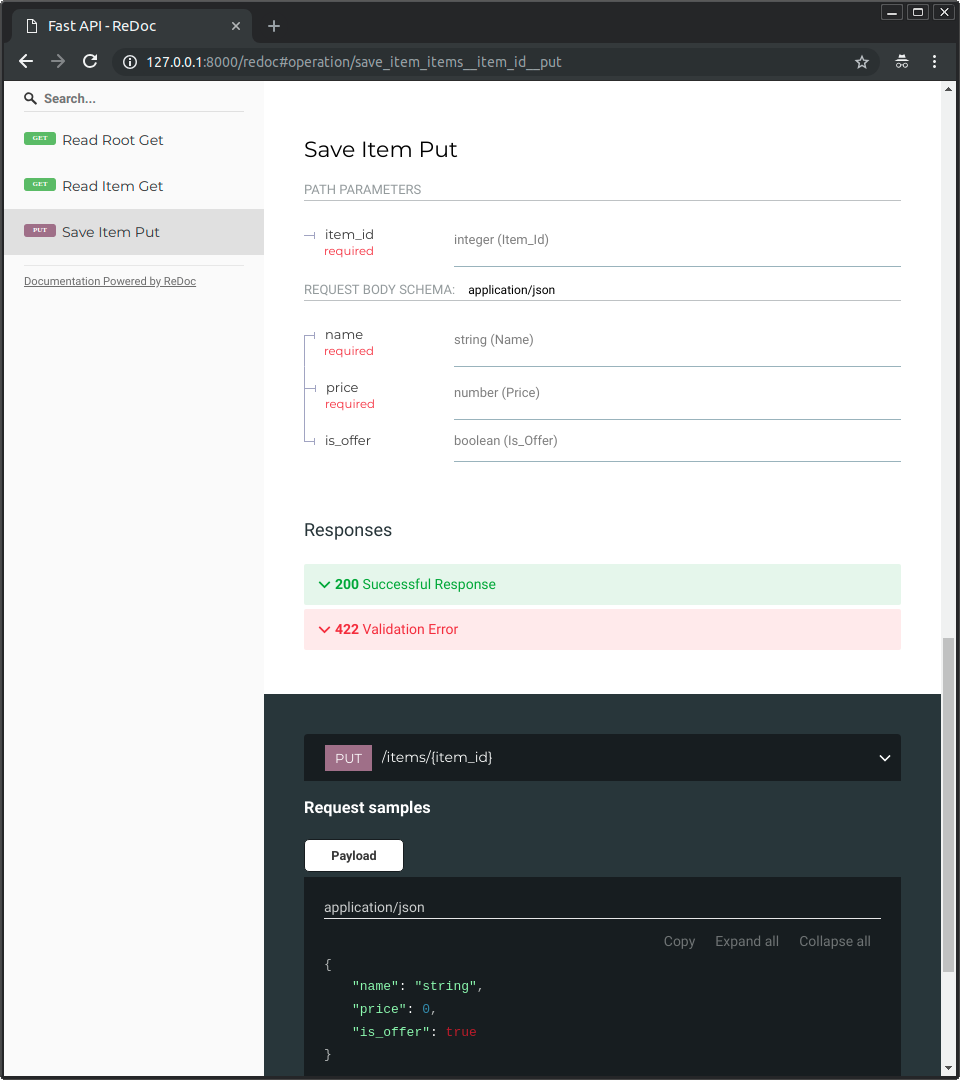- Sort Score
- Result 10 results
- Languages All
Results 71 - 80 of 97 for fods (0.02 sec)
-
helm-releases/minio-2.0.0.tgz
NetworkPolicy by setting the DefaultDeny namespace annotation. Note: this will enforce policy for _all_ pods in the namespace: ``` kubectl annotate namespace default "net.beta.kubernetes.io/network-policy={\"ingress\":{\"isolation\":\"DefaultDeny\"}}" ``` With NetworkPolicy enabled, traffic will be limited to just port 9000. For more precise policy, set `networkPolicy.allowExternal=true`. This will only allow pods with the generated client label to connect to MinIO. This label will be displayed in the output...
Registered: Sun Sep 07 19:28:11 UTC 2025 - Last Modified: Thu Aug 26 07:36:46 UTC 2021 - 13.6K bytes - Viewed (0) -
docs/fr/docs/tutorial/query-params-str-validations.md
Quand on définit un paramètre de requête explicitement avec `Query` on peut aussi déclarer qu'il reçoit une liste de valeur, ou des "valeurs multiples". Par exemple, pour déclarer un paramètre de requête `q` qui peut apparaître plusieurs fois dans une URL, on écrit : {* ../../docs_src/query_params_str_validations/tutorial011.py hl[9] *} Ce qui fait qu'avec une URL comme : ``` http://localhost:8000/items/?q=foo&q=bar ```
Registered: Sun Sep 07 07:19:17 UTC 2025 - Last Modified: Sat Nov 09 16:39:20 UTC 2024 - 9.5K bytes - Viewed (0) -
CHANGELOG/CHANGELOG-1.19.md
- Fixed a regression which prevented pods with `docker/default` seccomp annotations from being created in 1.19 if a PodSecurityPolicy was in place which did not allow `runtime/default` seccomp profiles. ([#95990](https://github.com/kubernetes/kubernetes/pull/95990), [@saschagrunert](https://github.com/saschagrunert)) [SIG Auth]
Registered: Fri Sep 05 09:05:11 UTC 2025 - Last Modified: Wed Jan 05 05:42:32 UTC 2022 - 489.7K bytes - Viewed (0) -
docs/metrics/prometheus/grafana/minio-dashboard.json
"intervalFactor": 1, "legendFormat": "{{server}}", "metric": "process_start_time_seconds", "refId": "A", "step": 60 } ], "title": "Open FDs ", "type": "timeseries" }, { "datasource": { "type": "prometheus", "uid": "${DS_PROMETHEUS}" }, "description": "", "fieldConfig": {
Registered: Sun Sep 07 19:28:11 UTC 2025 - Last Modified: Mon Aug 04 01:46:49 UTC 2025 - 93.1K bytes - Viewed (0) -
docs/fr/docs/tutorial/path-params.md
* Validation de données. * Annotations d'API et documentation automatique. Et vous n'avez besoin de le déclarer qu'une fois.
Registered: Sun Sep 07 07:19:17 UTC 2025 - Last Modified: Sat Nov 09 16:39:20 UTC 2024 - 9.8K bytes - Viewed (0) -
src/test/java/jcifs/internal/smb1/trans2/Trans2SetFileInformationTest.java
// Check reserved bytes (should be 0) int reserved = SMBUtil.readInt2(buffer, 4); assertEquals(0, reserved); } @DisplayName("Test writeParametersWireFormat with different FIDs") @ParameterizedTest @ValueSource(ints = { 0, 1, 0xFFFF, 0x8000, 0x7FFF }) void testWriteParametersWireFormatWithDifferentFids(int fid) {Registered: Sun Sep 07 00:10:21 UTC 2025 - Last Modified: Thu Aug 14 05:31:44 UTC 2025 - 17.8K bytes - Viewed (0) -
docs/fr/docs/index.md
 ### En résumé En résumé, vous déclarez **une fois** les types de paramètres, <abbr title="en anglais : body">le corps</abbr> de la requête, etc. en tant que paramètres de fonction. Vous faites cela avec les types Python standard modernes.
Registered: Sun Sep 07 07:19:17 UTC 2025 - Last Modified: Sun Aug 31 10:49:48 UTC 2025 - 22K bytes - Viewed (0) -
docs/em/docs/deployment/docker.md
/// info 🚥 👆 ⚙️ Kubernetes, 👉 🔜 🎲 <a href="https://kubernetes.io/docs/concepts/workloads/pods/init-containers/" class="external-link" target="_blank">🕑 📦</a>. /// 🚥 👆 ⚙️ 💼 📤 🙅♂ ⚠ 🏃♂ 👈 ⏮️ 📶 **💗 🕰 🔗** (🖼 🚥 👆 🚫 🏃 💽 🛠️, ✋️ ✅ 🚥 💽 🔜), ⤴️ 👆 💪 🚮 👫 🔠 📦 ▶️️ ⏭ ▶️ 👑 🛠️. ### 👁 📦
Registered: Sun Sep 07 07:19:17 UTC 2025 - Last Modified: Mon Aug 12 21:47:53 UTC 2024 - 27.9K bytes - Viewed (0) -
docs/es/docs/deployment/docker.md
Registered: Sun Sep 07 07:19:17 UTC 2025 - Last Modified: Fri May 30 13:15:52 UTC 2025 - 31K bytes - Viewed (0) -
docs/fr/docs/alternatives.md
Il n'était pas basé sur une norme comme OpenAPI et JSON Schema. Il ne serait donc pas simple de l'intégrer à d'autres outils, comme Swagger UI. Mais encore une fois, c'était une idée très innovante. Il présente une caractéristique intéressante et peu commune : à l'aide du même framework, il est possible de créer des API et des CLI.
Registered: Sun Sep 07 07:19:17 UTC 2025 - Last Modified: Sat Nov 09 16:39:20 UTC 2024 - 27.5K bytes - Viewed (0)